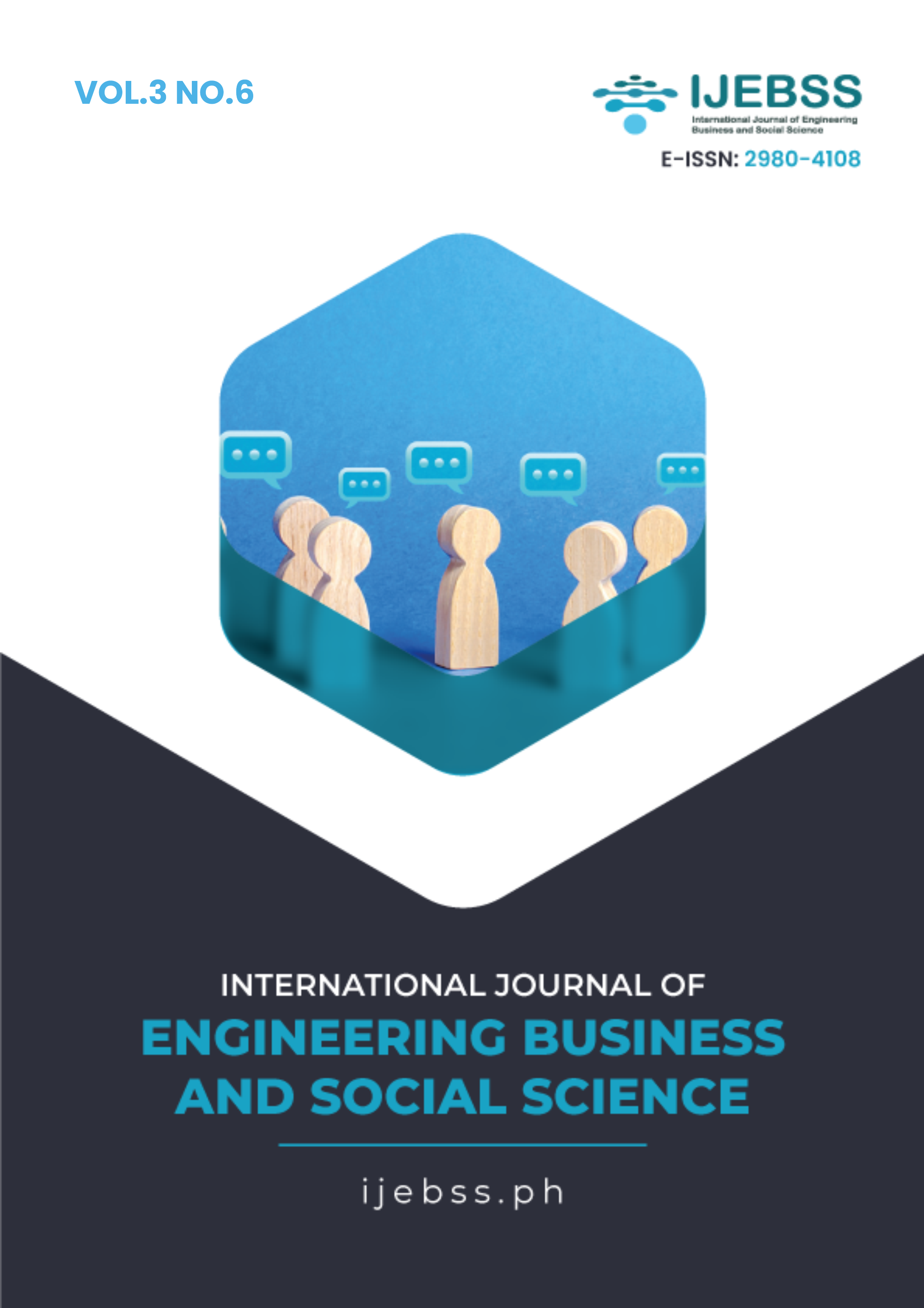Algorithmic Engineering of Ephemeral Content: Reshaping Spatio-Temporal Perceptions Within Digital Cultures
Keywords:
Ephemeral Content, Time-Space Compression, Fear of Missing Out (FOMO)Abstract
This study investigates the impact of ephemeral content platforms, specifically Snapchat and Instagram Stories, on users’ perception of time and space in contemporary digital environments. Despite the growing prevalence of these platforms, the ways in which they mediate spatio-temporal experiences remain underexplored. The research aims to analyze how features such as Snapchat’s SnapMap and Instagram Stories reshape human engagement with geographical and temporal dimensions, and how these changes influence social behaviors and cultural practices. Employing an autoethnographic approach, the study integrates theoretical frameworks from Giddens’ time-space distanciation, Harvey’s time-space compression, and media theories by Innis and McLuhan to critically examine the interplay between digital content, immediacy, and spatial awareness. Findings reveal that these platforms simultaneously extend human connectivity across vast distances while accelerating the perception of immediacy, giving rise to phenomena such as "time hacking" and the pervasive Fear of Missing Out (FOMO). Snapchat’s SnapMap interweaves real, imagined, and knowledge-based spaces, altering users’ spatial consciousness, whereas Instagram Stories cultivates a heightened sense of “internet time” that compresses and transforms temporal experiences. The study concludes that ephemeral digital platforms foster a mediated and hybridized sense of time and space, challenging traditional spatio-temporal boundaries. These insights have implications for digital literacy, social interaction, and the design of user-centered media, suggesting that understanding the spatio-temporal effects of ephemeral content is crucial for navigating contemporary digital life.
Published
Issue
Section
Copyright (c) 2025 Areyndra Rafif Rabbani

This work is licensed under a Creative Commons Attribution-ShareAlike 4.0 International License.
Authors who publish with this journal agree to the following terms:
- Authors retain copyright and grant the journal right of first publication with the work simultaneously licensed under a Creative Commons Attribution-ShareAlike 4.0 International. that allows others to share the work with an acknowledgment of the work's authorship and initial publication in this journal.
- Authors are able to enter into separate, additional contractual arrangements for the non-exclusive distribution of the journal's published version of the work (e.g., post it to an institutional repository or publish it in a book), with an acknowledgment of its initial publication in this journal.
- Authors are permitted and encouraged to post their work online (e.g., in institutional repositories or on their website) prior to and during the submission process, as it can lead to productive exchanges, as well as earlier and greater citation of published work.


